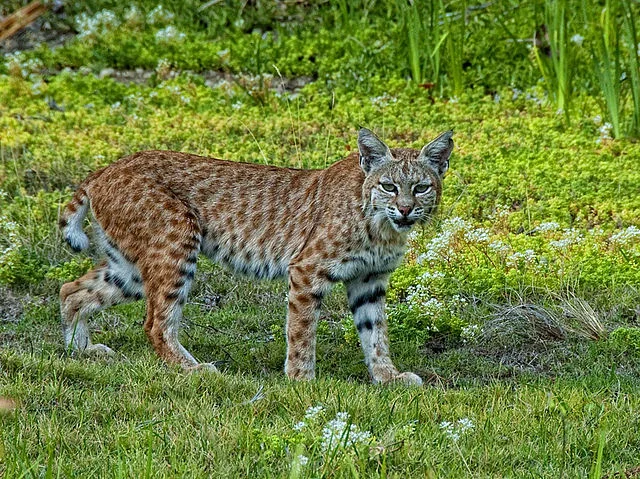Safari Journal - December 2018
Bears Ears National Monument - Utah
One treasure still inside the Bears Ears monument is Procession Panel, a nearly 23-foot-long rock carving, or petroglyph, on Comb Ridge. At least 1,000 years old, it depicts a ceremonial gathering of some 190 human-like forms converging from four directions. A succession of prehistoric cultures occupied the mesas and canyons of southern Utah for more than 12,000 years.
Arch Canyon is still protected within Bears Ears National Monument, but other canyons and thousands of Native American archaeological sites now lie outside the monument’s newly reduced—and still contested—borders. The monument is named after the twin buttes on the horizon, which are held sacred by local tribes.
This National Geographic article:
INSIDE THE NEW BATTLE FOR THE AMERICAN WEST
The push to cut back federally protected lands is fueling a dispute rooted in our history and culture. The big question: Whose land is it?
By HANNAH NORDHAUS
Photgraphy by AARON HUEY
Bears Ears: A Story of Homelands
For native peoples of the Colorado Plateau, the Bears Ears region is home. For hundreds of generations, their ancestors lived, raised their children, and buried their elders here. Their artists carved figures and left handprints on the rock walls. Clues about their daily lives—baskets, pottery, tools, and weapons—still remain.
The labyrinthine canyons, solitary hoodoos, verdant hanging gardens, and lush meadows of the Bears Ears region are also beloved by hikers, climbers, and other visitors who soak up the splendor, star-filled nights, and natural quiet of Utah’s ruggedly beautiful public lands.
Presented by the Grand Canyon Trust
Text - Heather Herold
Editor - Ashley Davidson
Story map - Stephanie Smith
Special thanks to - Tim Peterson, Blake McCord, Friends of Cedar Mesa (opening video), Josh Ewing, Jared Fehr, Jonathan Bailey, Marc Coles-Ritchie, Ingrid Taylar, Malcolm, NPS, and Roman Lacobucci for the use of your beautiful images.
Wildlife of This Area
Lynx family
From Wikipedia
A lynx (/lɪŋks/;[2] plural lynx or lynxes[3]) is any of the four species (Canada lynx, Iberian lynx, Eurasian lynx, Bobcat) within the medium-sized wild cat genus Lynx. The name "lynx" originated in Middle English via Latin from the Greek word λύγξ,[2] derived from the Indo-European root leuk- ("light, brightness")[4] in reference to the luminescence of its reflective eyes.[4]
This video show a heated conversation between two Canadian Lynxes.
Vermilion Cliffs National Monument (Arizona)
Another area of the West that is effected by the recent federal legislation is Vermilion National Monument.
Advertisements















